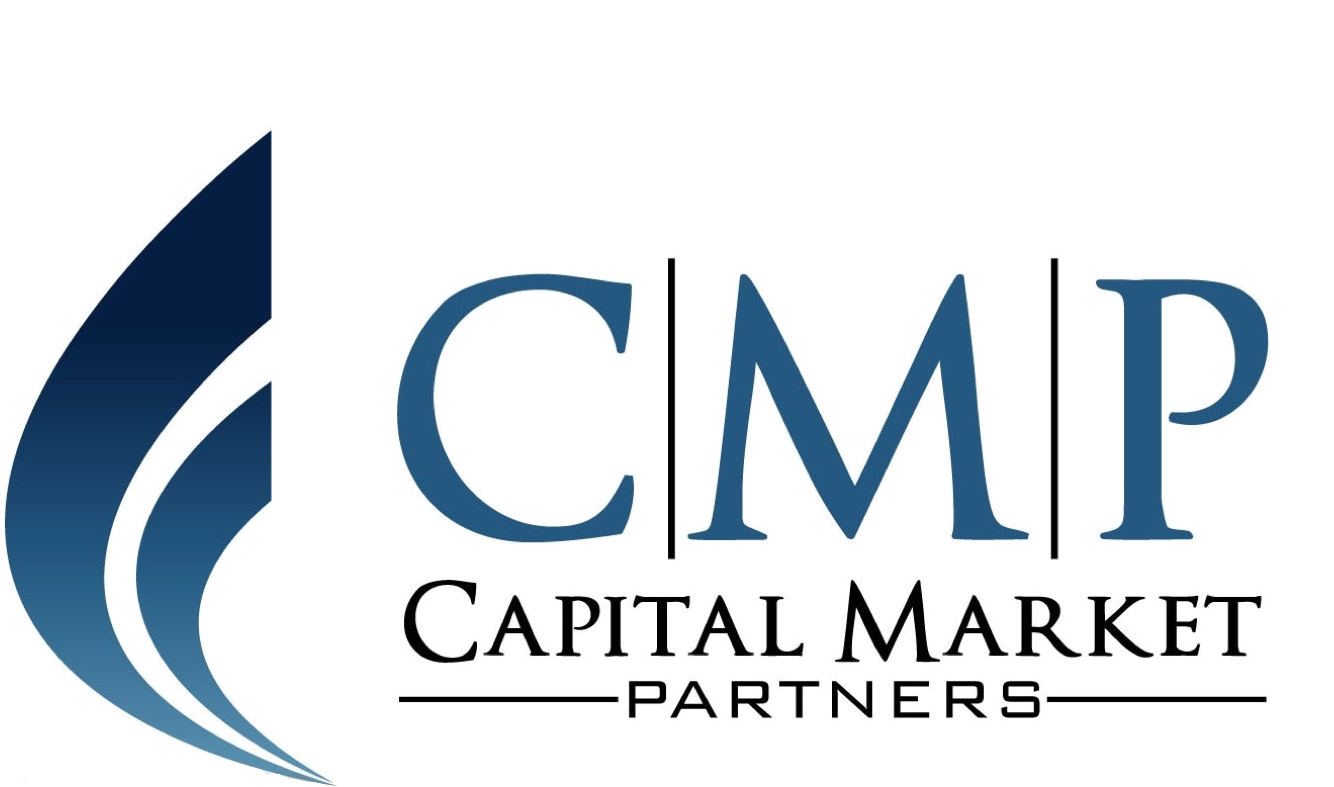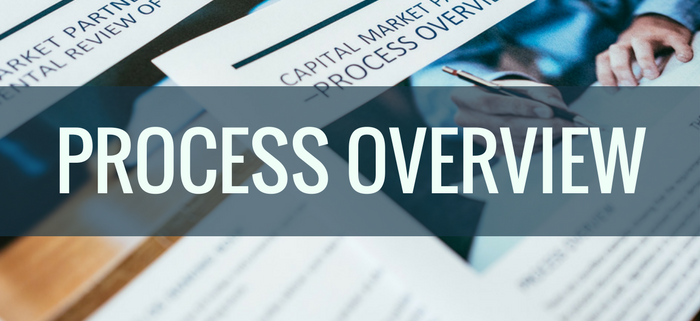Process Overview – a useful tool or just a waste of time?
Endless workshops, swimming lanes, input / output, triggers and process diagrams. The typical results of a decision to document the business processes of an organization. Is it just a smart idea from the management or can it actually be used for something?
By Peter Jørn Jensen, senior consultant | April 19th 2016
There are countless examples showing that the requirement for process documentation are evolved from a demand from IT, internal audit, regulation or in connection with a specific requirement from a customer in connection with an offering. These attempts often end up with an o.k. result that will not be used or maintained and therefore slowly losing value.
In a time where an increasing amount of regulation such as EMIR, Solvency II and MiFID will affect the financial industry, regulation will have great impact on business models and revenue opportunities for the entire industry. Affected institutions must therefore be able to act in accordance with the new rules and implement them – while trying to maintain a viable business.
The role of management
Institutions need to quickly change and adapt business processes to the new reality. They must quickly be able to understand the impact of the new regulation in relation to their particular business. This is where the process overview comes into the picture.
If you want the full benefits of the work around process documentation, you need go into it the right way. It is important that it is anchored with management. Management must understand the importance of a good process documentation and be ready to both release the resources needed to implement the initial documentation, but equally important to ensure the necessary resources to maintain it in the future.
When work begins, it is important that all parties are involved in the process. It applies from the front office to operations through accounting, internal audit and IT (architects, production, development). It is not necessary that all participate in everything, but it is important to take part in the description of processes for their own business and preferably also in adjacent areas, i.e. in the transfer between two areas of responsibility both the sending and receiving area must participate. It has to be the people who are handling the actual processes who should participate in describing it.
Beneficial in many ways
What will an organization gain from making a full process documentation? First of all, an overview. The organization as a whole will gain a better understanding of business processes and their interrelationships. Better understanding of the consequences of different actions. Something experienced as simple one place in the value chain can cause severe challenges elsewhere in the value chain. With an overview each employee will be able to carry out his or her part of the process in a way that provides better conditions for the next link in the value chain. The entire organization has become wiser about the common processes and will therefore easily be able to overcome new challenges in their daily work.
An organization that understands its own processes has an advantage in an industry under constant change, where agility and time to market is a necessity. This readiness provides many benefits in everyday life. In connection with product development the organization will be faster calculating the consequences of a new product – what processes will be affected and how. The faster you can see the impact on the processes, the faster you will be able to assess the economics of a new product.
In case of new regulatory requirements, the process overview will make it possible to assess how it will affect the processes and thus quickly gain an overview of the costs involved. It is therefore possible, actively, to choose the solution that makes most sense from an economic, technical or regulatory perspective.
Improving processes
Last but not least, an overview of own processes can be used actively in connection with business optimization, improving cost efficiency and minimizing operational risk. In the process making the documentation, the individual processes are rates in relation to the degree of automation, operational risk and complexity. This can be used to prioritize where and how to improve processes.
Bottom line the use of process overview and documentation can help to ensure continued profitability in an industry where major changes are part of everyday life, and the organization that uses it actively, will have an advantage over its peers.
Not just a waste of time.



